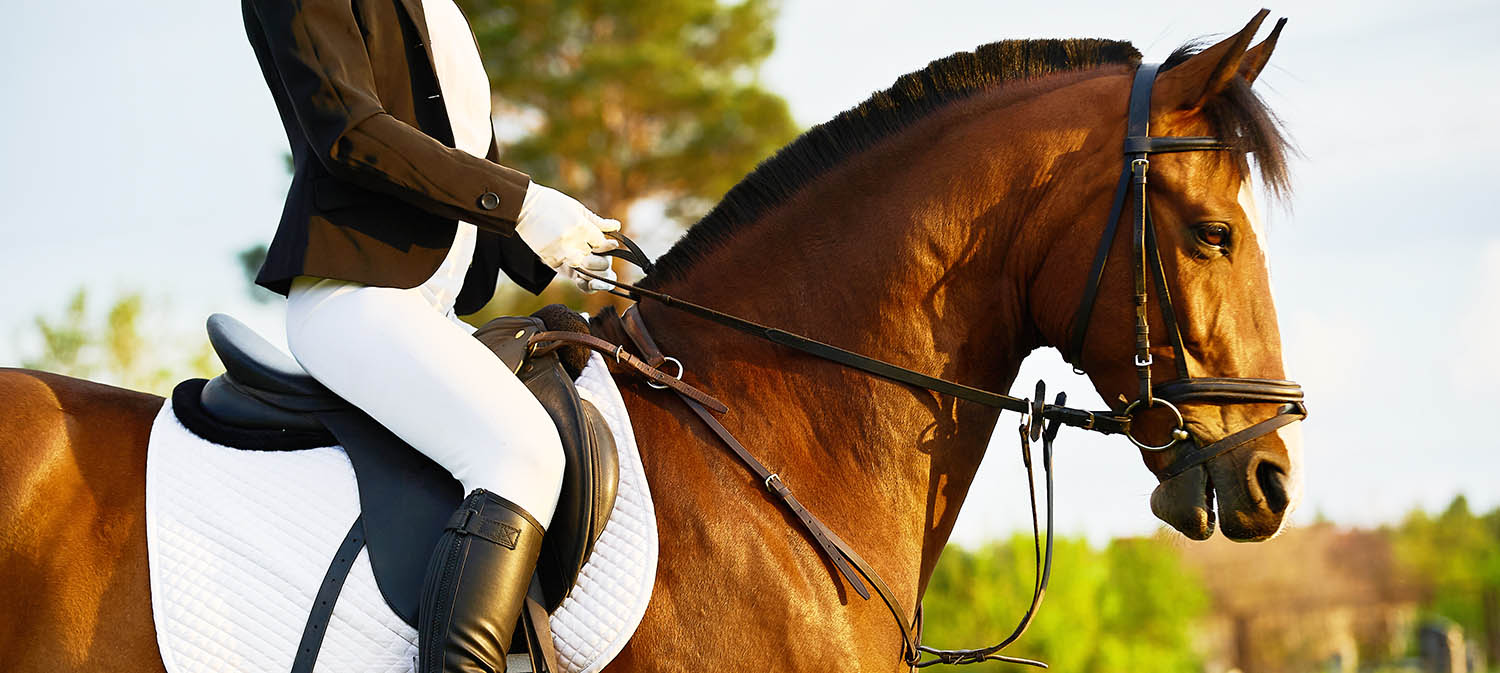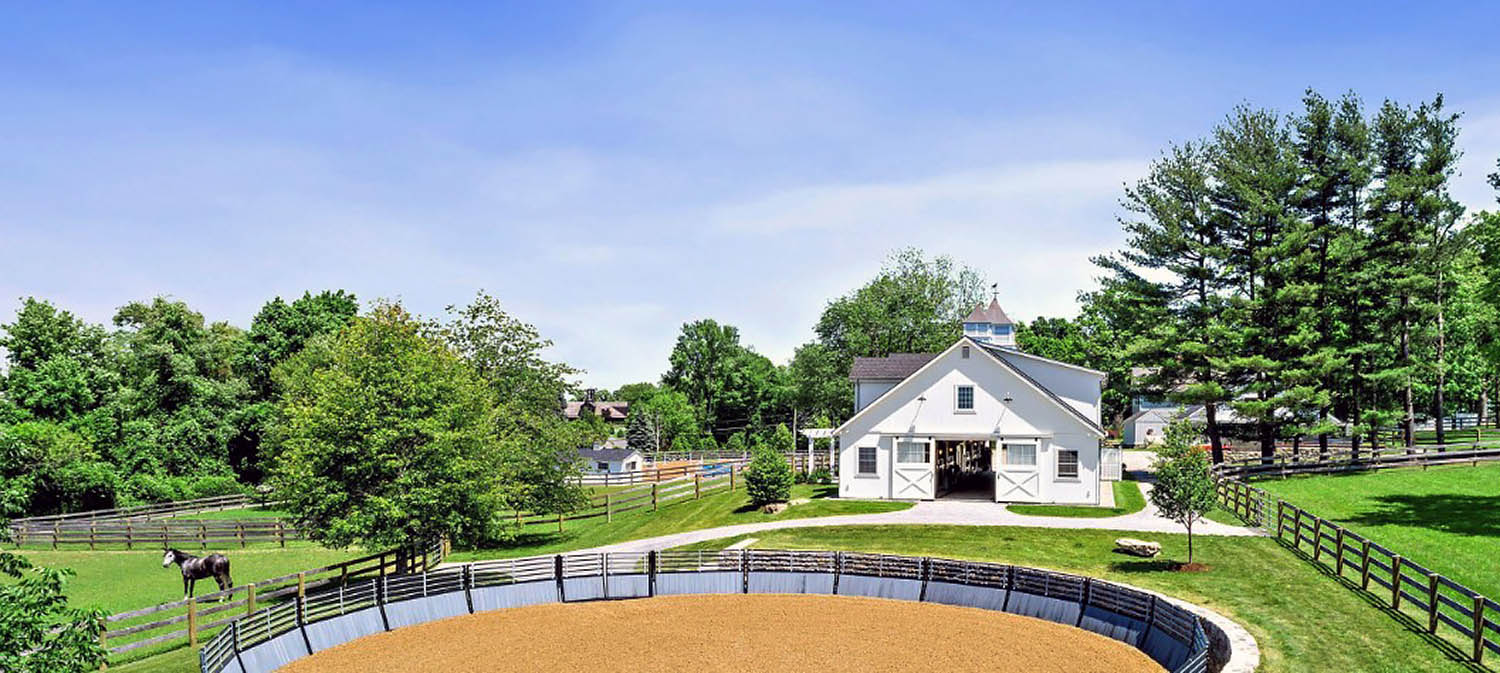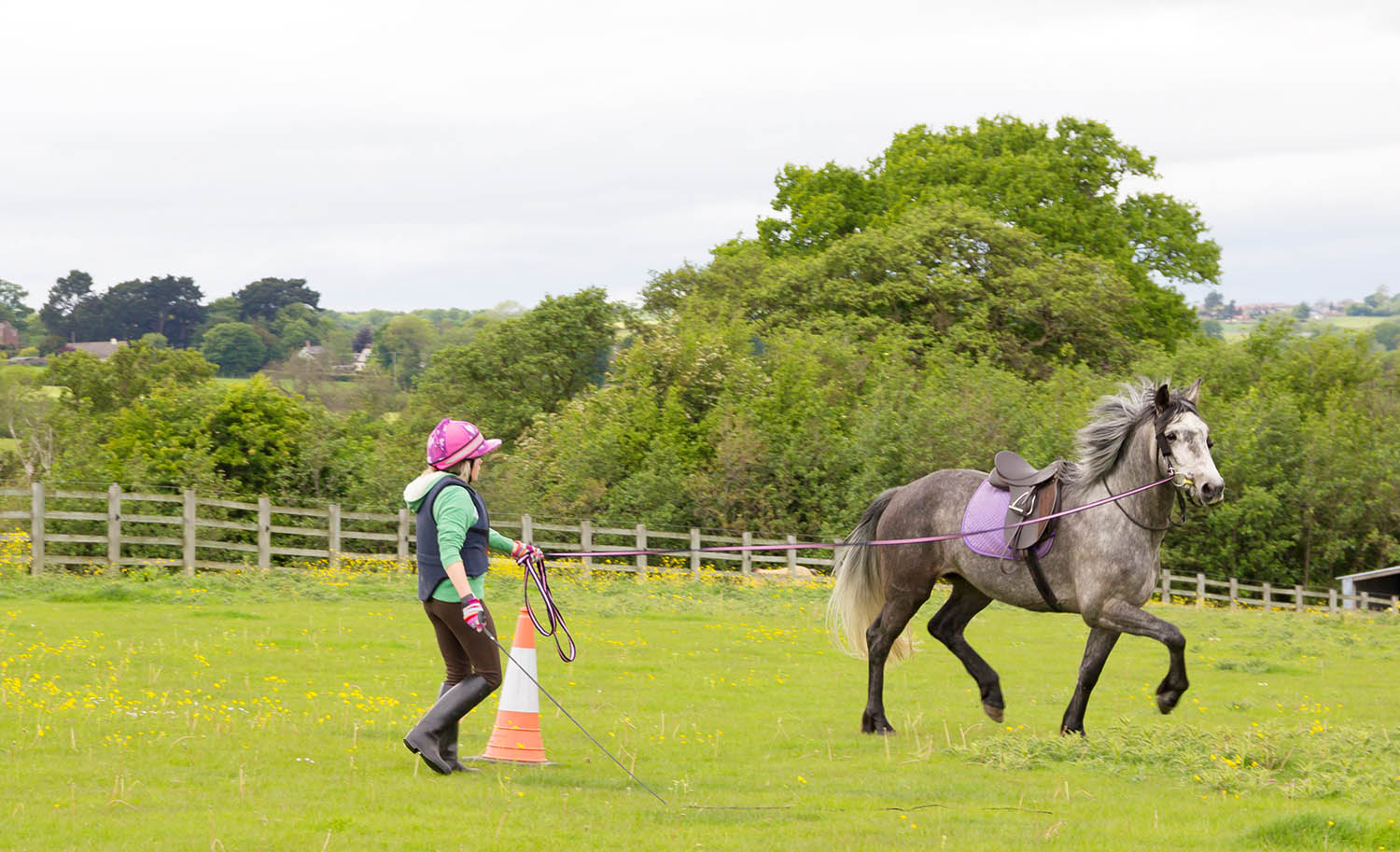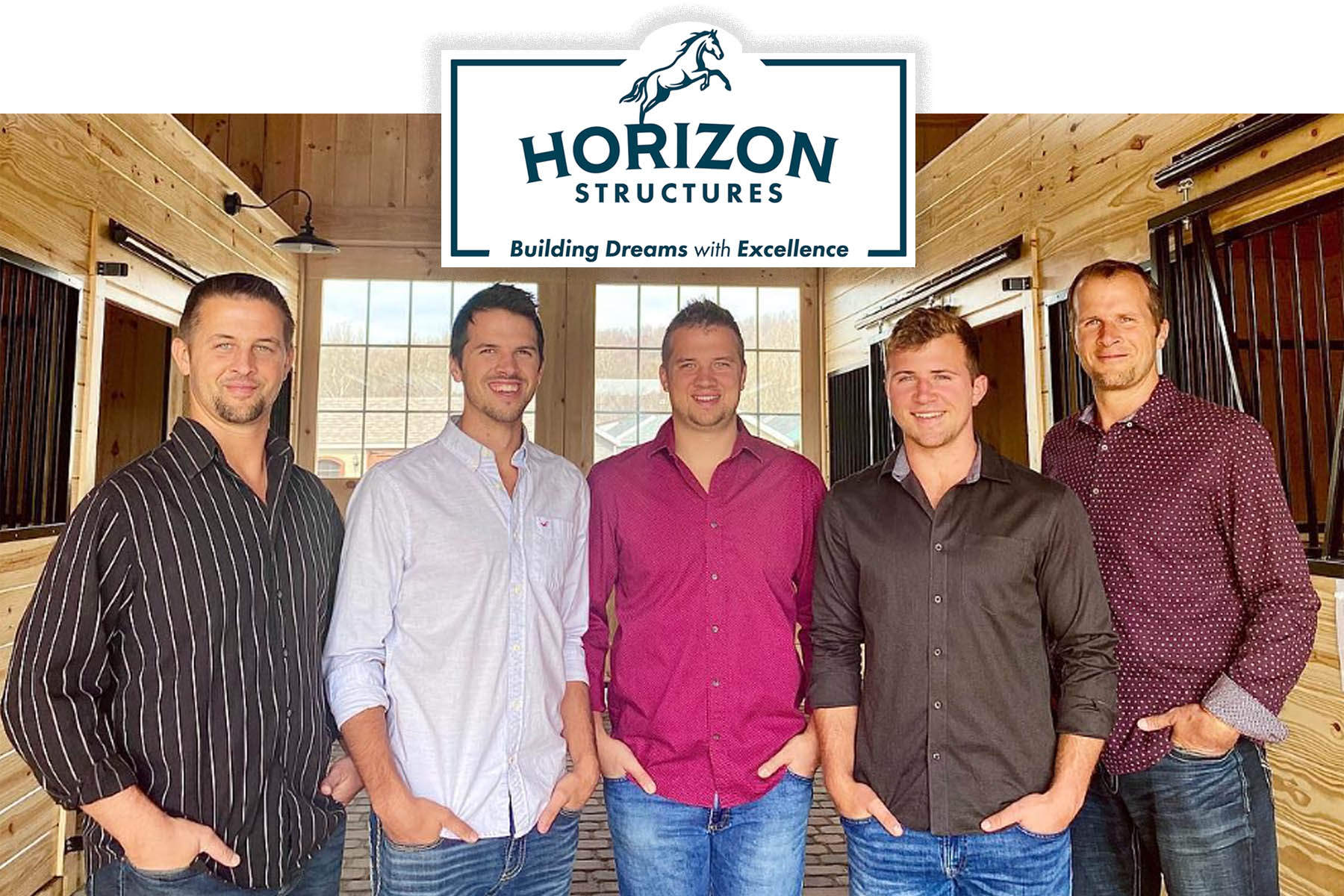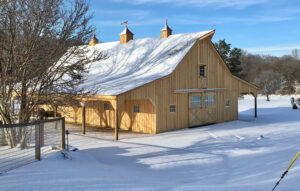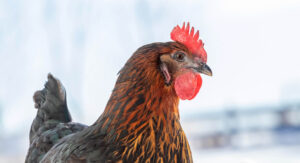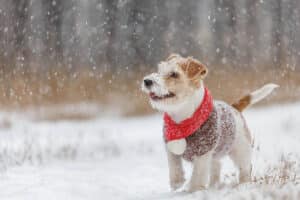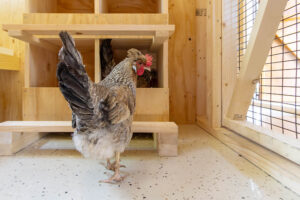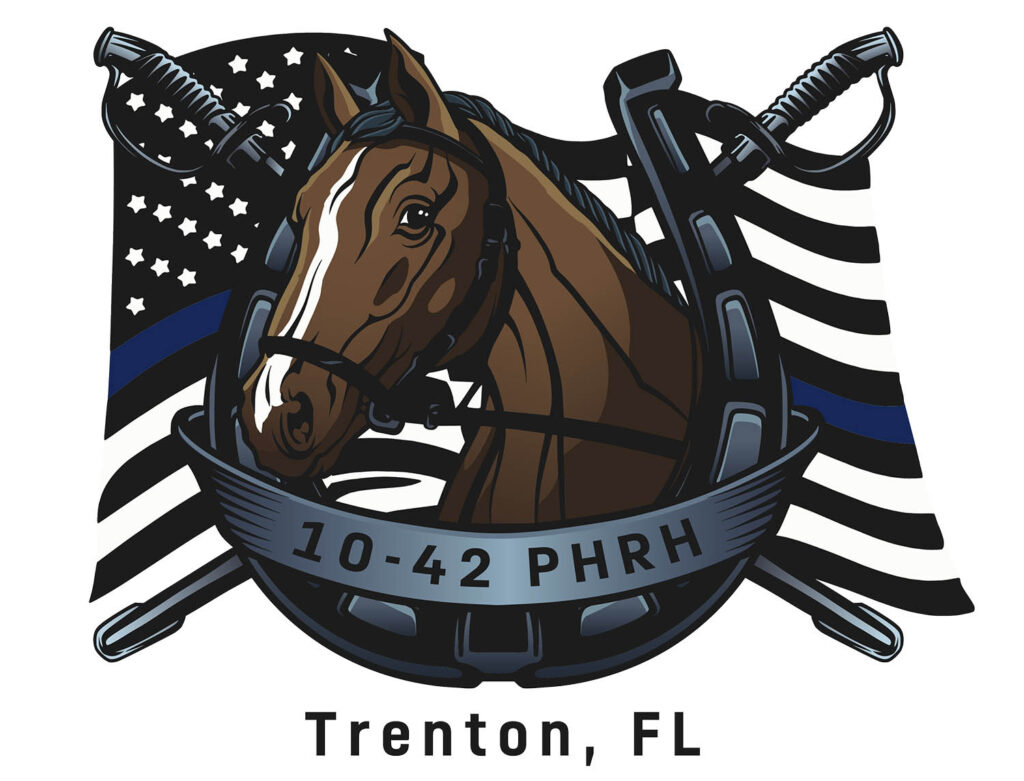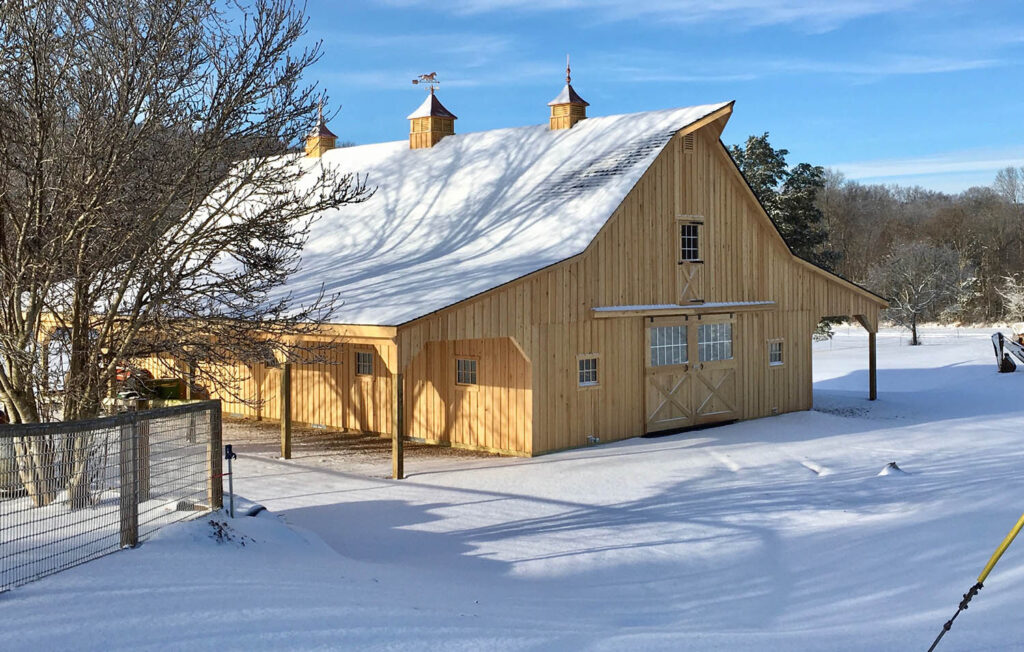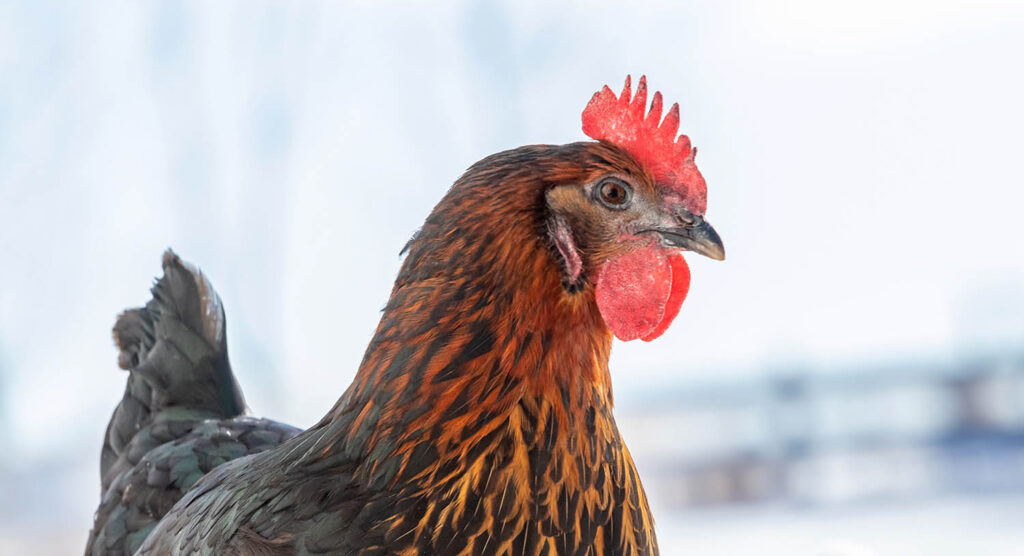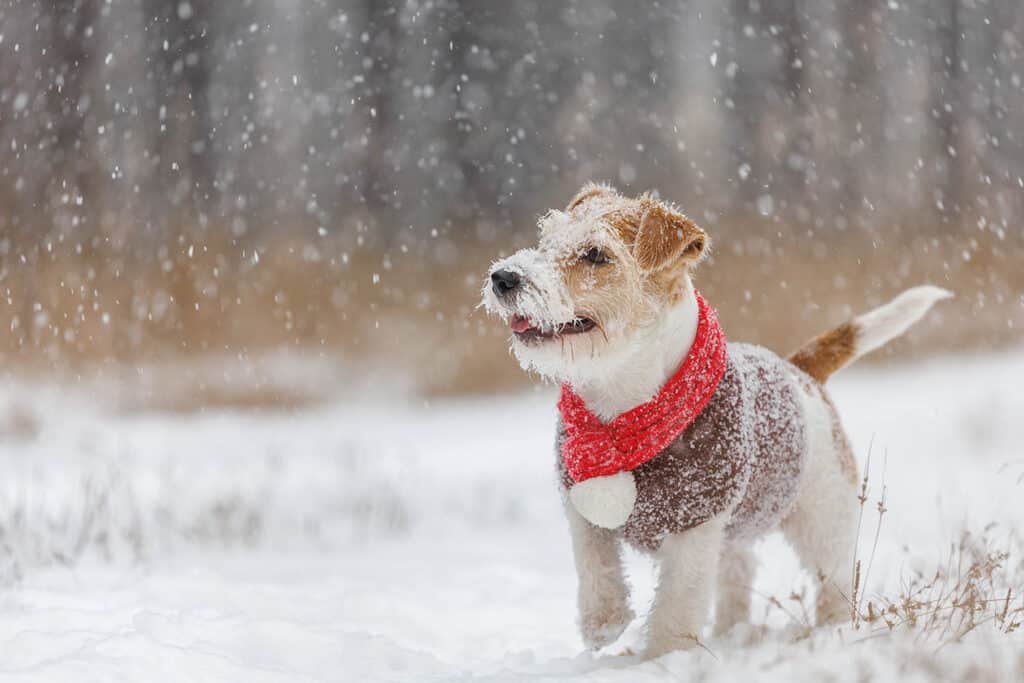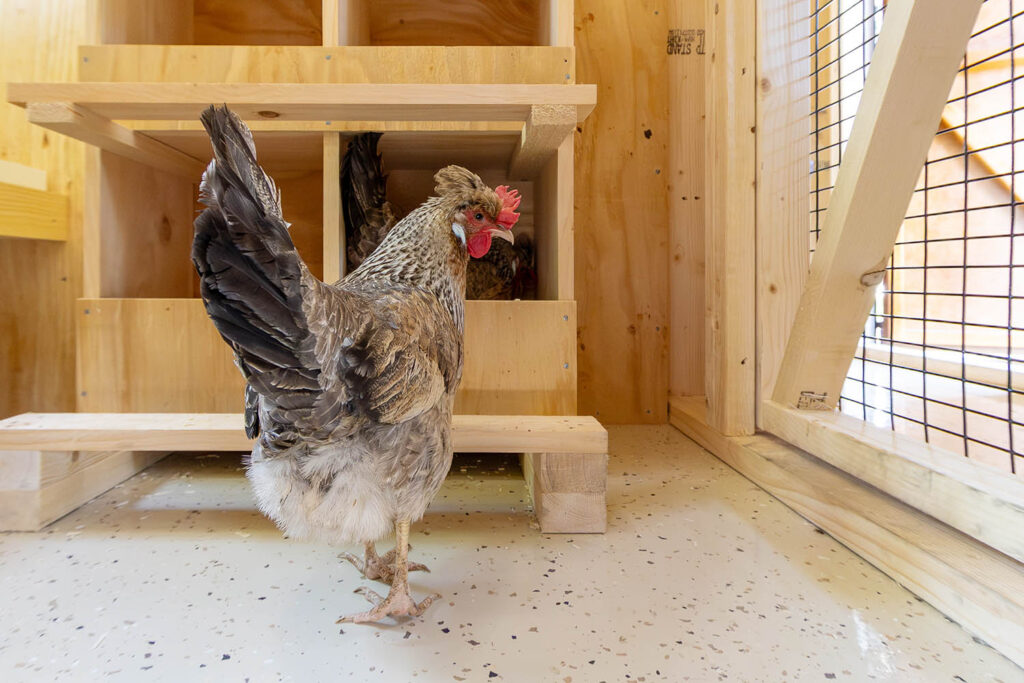Whatever riding, driving or racing equine sport you favor as a professional horse aficionado, the training and competing of horseflesh is not for the meek of heart. Persistence, focus and an enormous amount of knowledge are all needed to attain success at the elite echelons of the equine industry.
Bringing a performance horse to its peak potential takes heart, perseverance, and an unshakable commitment — it’s never an easy journey. From inception to retirement, a horse requires a trainer with sound judgment and a well-defined plan for care and training to support its growth at every stage.
There is a steep learning curve involved in order to reach advanced levels in the horse world, and this includes a bevy of special requirements for each horse’s management. Many factors, including the need for social interaction, forage and freedom of movement may require an individually tailored plan and on-going adjustment. How can horse housing needs be best designed and managed to complete this balancing act? In this blog, international level Grand Prix competitor/coach/clinician Nikki Alvin-Smith provides some thoughtful guidance.
Peace of Mind
There are many components that go into making a horse happy and keeping him at or near peak performance. As individuals, each horse will need the trainer to be flexible and open to adjusting care to meet its specific requirements.
As most of us know and have likely experienced first-hand, there are many bumps and bruises along the way, disappointments and obstacles to be overcome or worked around. What can you do to mitigate those risks, enjoy peace of mind and feel confident in the knowledge that you have done everything you can? Perhaps not surprisingly the journey begins at home. The same place you produce your best round, test, run or time before you head off to beat the competition.
No two horses are the same. When you work with your equine partner as an individual rather than a number, he will reward you by giving his all. This approach will create a deep bond and level of understanding between you both that will endure through even the worst of hardships. It is all too easy to fall into the trap of training and caring for each horse the same way, without paying attention to what would make life better for a particular individual.
Busy as we trainers are, often staff are left to manage the day-to-day tasks involved in caring for our horses. This means creating a format or protocol, standard operating procedure for them to follow. While that is necessary and understandable, keep a keen eye on what is going on both when you are and when you are not around. You may be in for some surprises.
Prevention is the key! To minimize the chances of something going awry, start at ground level. Literally and figuratively. Where does your horse call home?
In essence, ensuring your horse stays safe—from accidental self-injury to harm caused by other horses or unforeseen mishaps—is vital to maintaining its overall health and well-being. By nature, high-level performance horses are not always the quietest of equines, a little fire in their belly being almost a requirement for them to have the fortitude and attitude to push through various obstacles on their journey to advanced levels.
In any event, peace of mind for the horse caregiver and trainer/owner can be significantly increased by following some simple steps in barn design and enacting certain management techniques.
Designing your horse housing and facilities thoughtfully ensures they meet the specialized needs of top-performing horses. Namely:
- Quarantine stalls/turnout spaces for use before/after competition or international transport.
- Smaller, well-fenced individual turn-out areas with all-season friendly footing double-fenced from other horses, hopefully with a rotational grazing element on a rolling or level surface with good drainage and run-in shed for shelter
- Freedom for the horse to move in/out of stabling, if possible, to help minimize stressors of limited movement.
- Minimum 12’ x 12’ matted stalls, kickboarded, with both solid partition wall option and half-grill dividing walls depending on social interaction needs at any given time.
- Designated areas for bathing and grooming, use of heat lamps and medical equipment with plenty of electrical outlets
- Designated quiet space for alternative treatment modalities and therapy sessions.
- Fire suppression system for the barn; possibly also an insect control misting option (choose organic eco-friendly products)
- Security system for the barn and paddock areas, and security access provisions that encompass all entrances to the property
- Separate storage facility for combustible or flammable products such as hay and bedding supplies and motorized equipment.
- Electrical outlets for vacuum use versus broom sweeping aisleways.
- Stall access to fresh air for better equine respiratory and behavioral/mental health via exterior Dutch door set up to stalls.
- Sealed stall surfaces for deep cleaning ease
- Designated secure space for all feed and equipment to avoid cross-contamination with prohibited substances or loss of expensive tack and supplies.
- On-site housing for professional horse-care staff 24/7/365. Such as a Barndominium space or a Tiny House
- A designated area for ‘at liberty’ or lunge or long line work; possible use of hot-walker for those that trust them.
Individual Preferences
If you are an advanced level competitor, you will almost certainly have been faced with issues that have sidelined your competition schedule. These may include injury, disease or illness affecting you or your horse; travel delays or incidents/accidents during transport of the horse or during your own travels; loss of tack or equipment during travel; schedule conflicts and changes by event management. Some of these issues are not avoidable, while the risk of others occurring can be mitigated. Evaluate areas of high risk and eliminate them wherever possible.
Additionally, be aware that the needs for top quality, uncontaminated feed, forage and supplements can be hard to meet when on the road. Personally, I choose to feed competition horses with grain/feed rations that are readily available internationally
(even if the feed mills abroad use slightly different formulations) and bring our own organic hay/forage whenever possible along with feed supplements etc.
Grazing and turn-out options at competition venues can be difficult to locate and are fairly non-existent at FEI level competitions. The use of long-lining, lunge work, and hand-walking are usually the only exercise options available that are not under saddle. Implementing a gradual shift from turnout and grazing at home to longer periods of stall time before competition helps the horse acclimate, while also increasing opportunities for structured exercise under saddle or in-hand.
Consider adding specific (non-prohibited obviously) supplements to the horse’s diet pre-travel/competition to improve their gut health to help cope with the environmental and digestive stressors. We use top-quality postbiotic products (not to be confused with pre or probiotics).
As a British/American my personal preference has always been a down-to-earth approach to horse wellness, keeping life as simple and horse-friendly as possible no matter what stage of training/life the horse may be in. I believe a horse’s mental wellness is an important factor in his physical well-being and in his ability to handle the stressors of training and willingness/happiness to work.
Many of my British dressage colleagues take a similar approach. In places like the U.K., New Zealand, and Australia, it’s normal to give horses plenty of turnout, quality grazing, and a lifestyle that mirrors nature as closely as possible. That means they spend much of their downtime outdoors on good grass, eat organic hay rather than chemically treated feeds, and have safe opportunities to socialize with the horses they’ll travel and compete alongside.
Designing Your Horse Facility
If you have a clean slate property wise and can set up your equine facility with a smart workable design from the outset, then you are at a distinct advantage.
It is well-worth taking the time to learn the best placement to position the barn, lay out the paddocks/pastures and accommodate other needs non-equine related such as managing children on the property and keeping dogs etc. before you break ground.
Seek a construction partner that offers a myriad of barn styles and options rather than just specializing in one that limits your choice. And look for an easy and straightforward purchasing process. Modular horse barns and Barndominiums are a smart route to take. As busy professionals we don’t have the time or energy to deal with supervising work crews; dealing with damage to property, upsets to horses on site or interruption of lessons/schooling times at home much less worrying about what is going on when we are out on the road.
Your Horses Deserve a Facility That Reflects Their Dedication.
Partner with Horizon Structures to design a barn where world-class care and expert craftsmanship come together.
888-447-4337 | Sales@HorizonStructures.com


